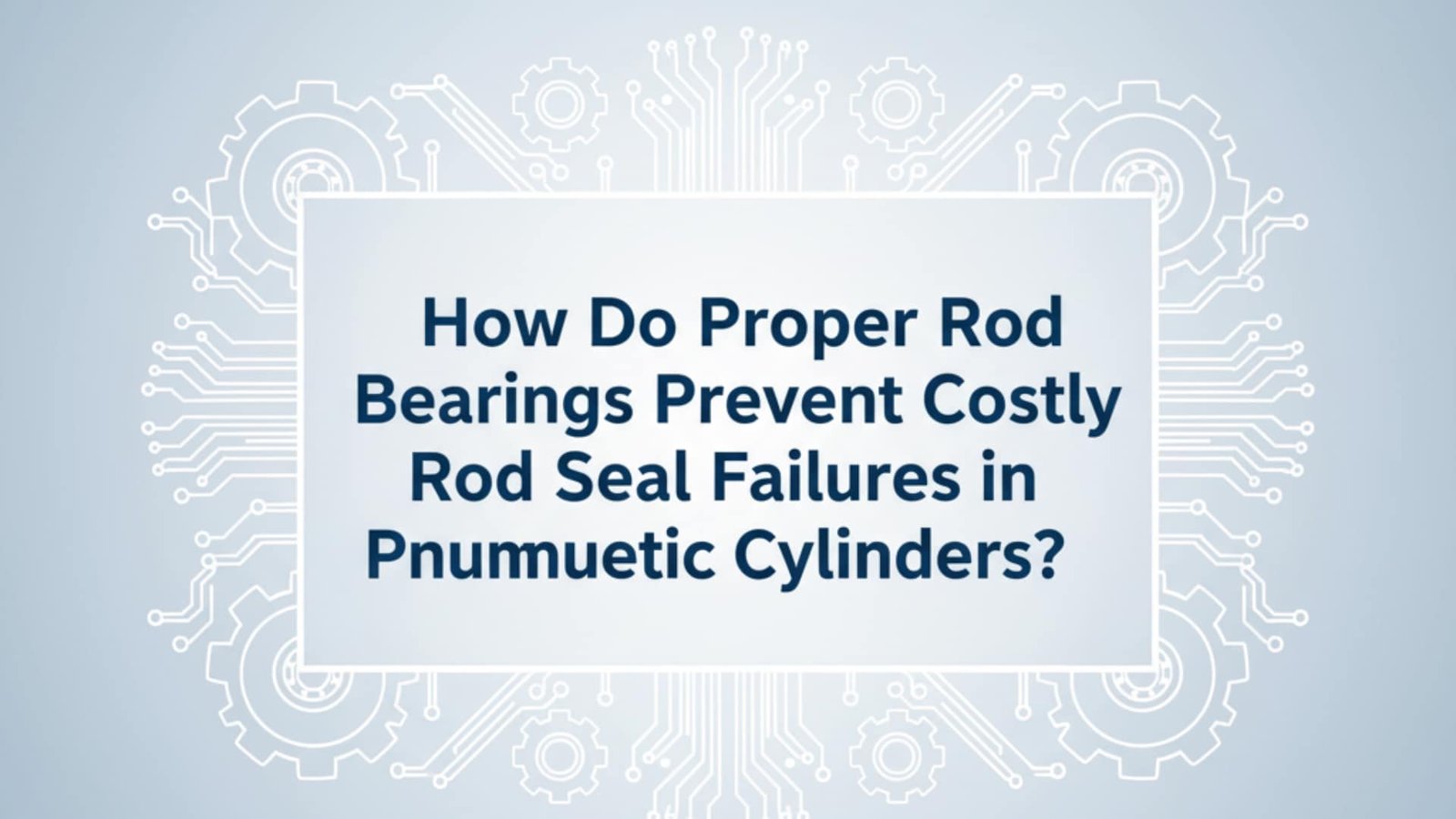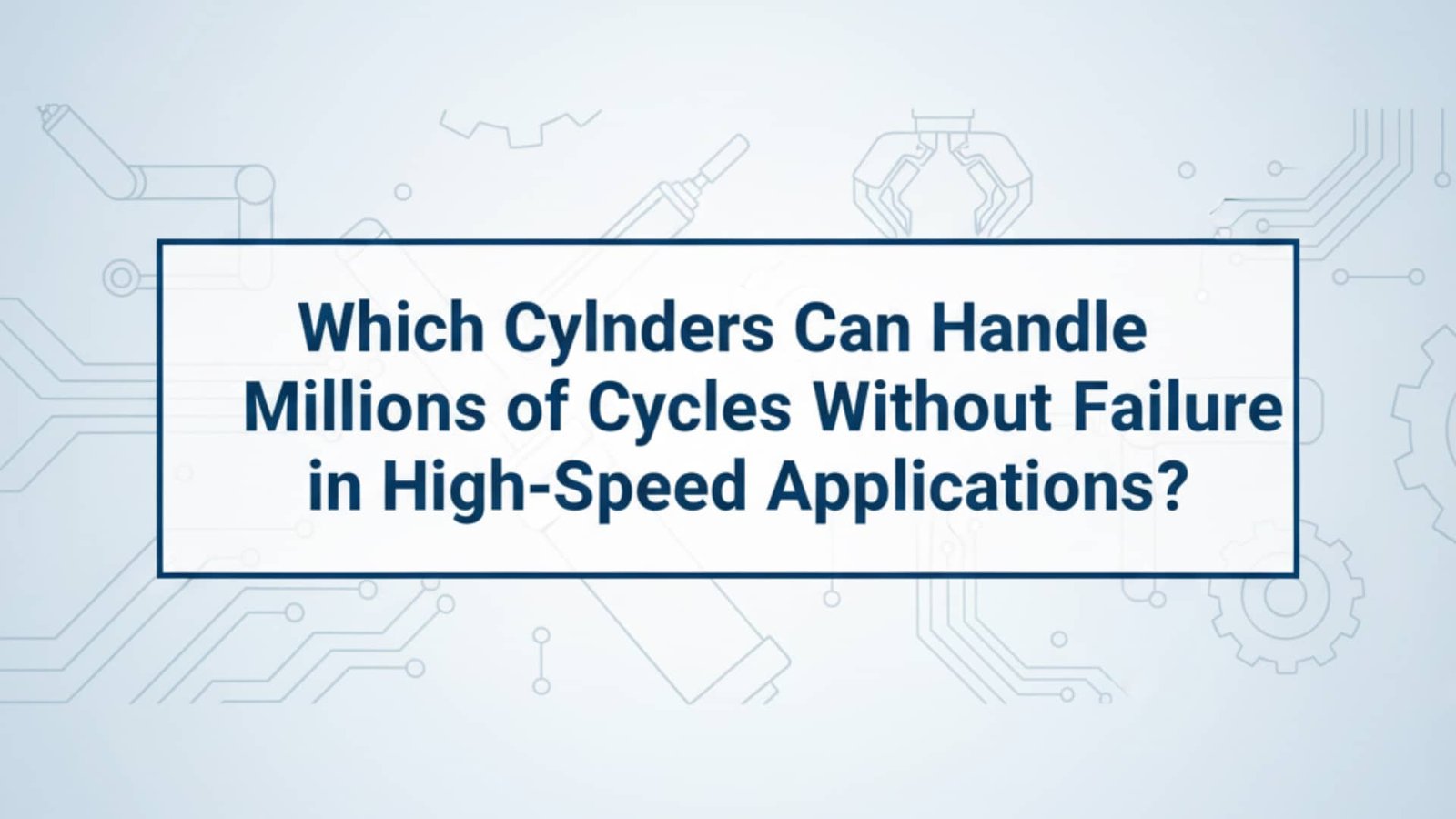
Kaip tinkami strypų guoliai padeda išvengti brangiai kainuojančių strypų sandariklių gedimų pneumatiniuose cilindruose?
Tinkami strypų guoliai apsaugo nuo ankstyvo sandariklio gedimo, nes išlaiko tikslų strypo išlyginimą, absorbuoja šonines apkrovas ir pašalina kontaktą metalas su metalu, kuris sukelia sandariklio griovelio pažeidimus, taip prailgindami sandariklio tarnavimo laiką 300-500% ir sumažindami techninės priežiūros išlaidas bei neplanuotas prastovas.




